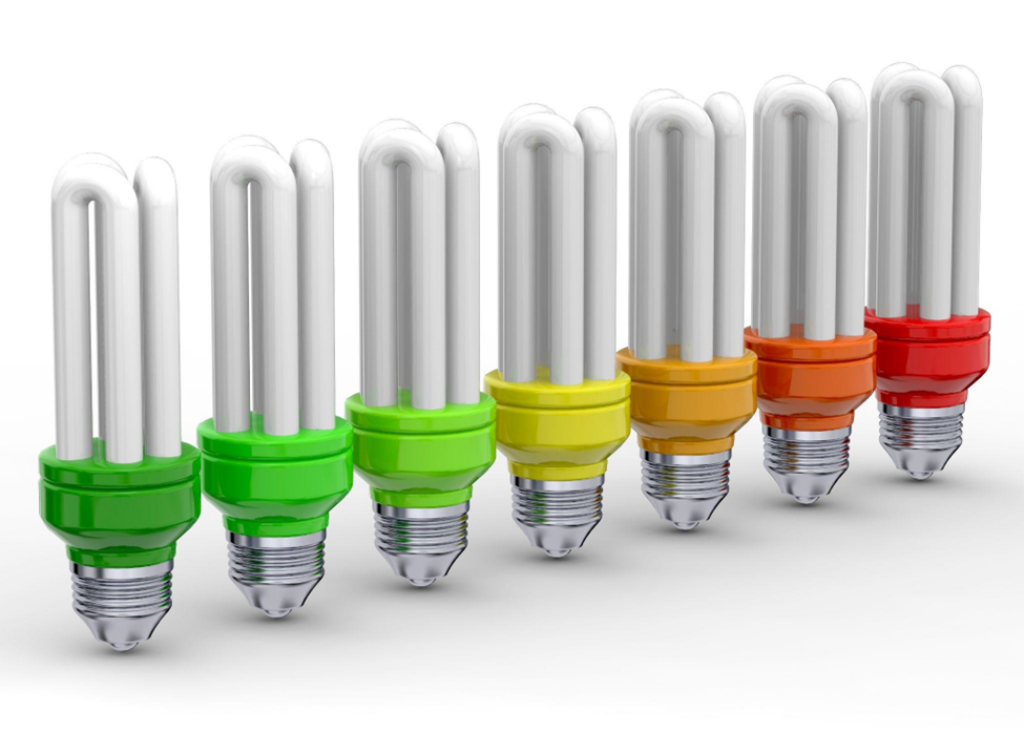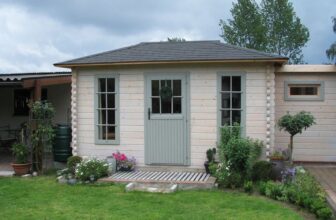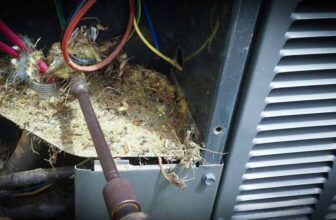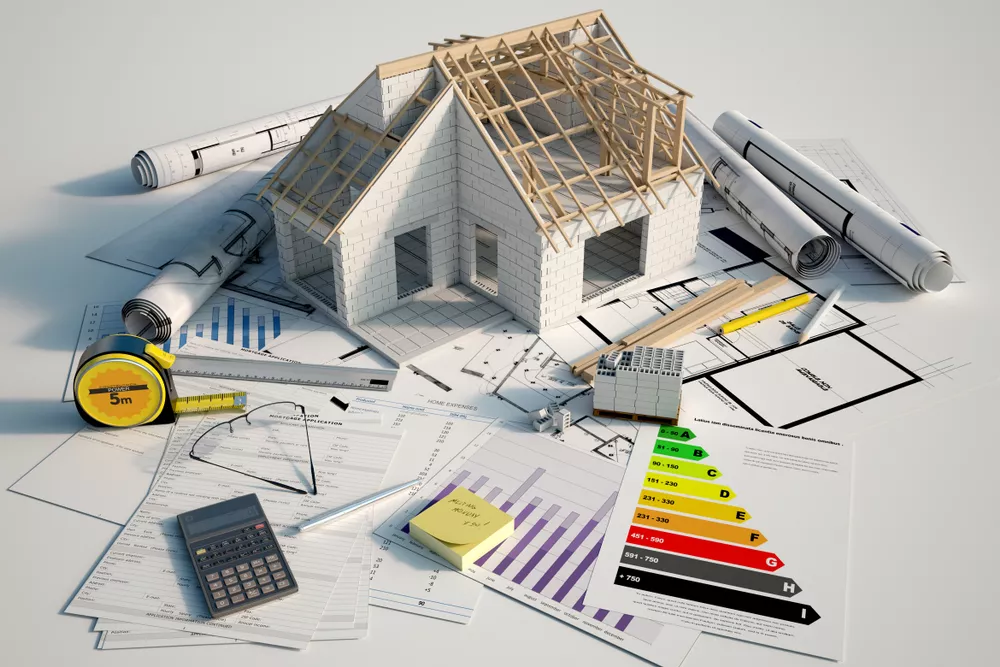
If you’re searching for effective methods to improve energy efficiency in your Australian home, you’ve come to the right place.
In this comprehensive guide, we’ll take you through several practical steps to boost your home’s energy rating.
We’ll start by discussing how to conduct a home energy audit to identify areas of energy wastage so that you can maintain energy efficiency in your Australian home.
Next, we’ll show you how to insulate your home, reducing heating and cooling costs properly.
We’ll also guide you on upgrading to energy-efficient appliances, which can significantly lower your electricity bills.
Moreover, we’ll explore how to harness renewable energy sources to decrease your carbon footprint further.
Lastly, we’ll delve into the world of smart home technology, demonstrating how it can effectively manage your home’s energy use.
So, buckle up and get ready to make a significant difference to your home’s energy efficiency and your wallet!
Table of Contents
Conducting a Home Energy Audit
You’re probably wondering how you can bring down those skyrocketing energy bills, aren’t you? Well, conducting a home energy audit is your first step towards a more energy-efficient home.
This involves assessing your home’s energy use and identifying areas where energy is being wasted. This process will provide a clearer picture of where and how your home is losing energy, and what you can do to stem the tide.
The audit starts with a thorough inspection of your home. You’ll need to inspect your insulation, heating and cooling systems, appliances, and windows. A professional auditor uses specialised tools such as blower doors, which measure the extent of leaks in the building envelope, and infrared cameras, which reveal hard-to-detect areas of air infiltration and missing insulation.
After the audit, you’ll receive a detailed report outlining your home’s energy use patterns and recommendations for improvement. You’ll see where you can make changes, whether it’s sealing up drafts, updating your appliances, or adding insulation. This audit acts as your roadmap to a more energy-efficient home, helping you prioritize upgrades for maximum impact on your energy usage and bills.
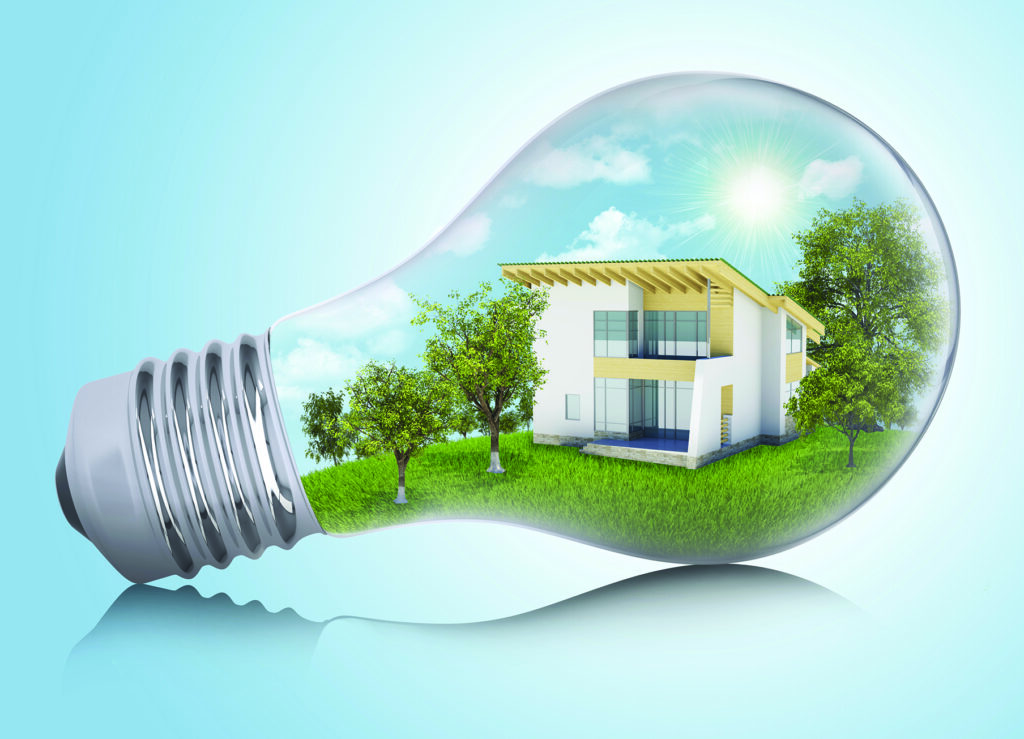
Source: c-ville.com
Insulating Your Home Properly
Ensuring proper insulation is a crucial step in making a dwelling more energy-efficient, as it significantly reduces the amount of heated or cooled air that escapes. It’s not just about keeping your home warm in winter or cool in summer; it’s also about reducing your energy consumption and, by extension, your utility bills.
There are several types of insulation to consider, including blanket insulation, blown-in, and spray foam. Each has its own advantages and ideal uses. For instance, blanket insulation is best for unfinished walls and floors, while blown-in insulation is perfect for enclosed existing walls and unfinished attic floors. Spray foam, on the other hand, is often used for small gaps and cracks.
When insulating, don’t ignore areas such as your attic, basement, and garage. These spaces can be major sources of energy loss. Also, consider the R-value, a measure of thermal resistance, of the insulation materials. The higher the R-value, the greater the insulating effectiveness.
Remember, proper installation is key. Poorly installed insulation can reduce the overall performance. Therefore, it may be beneficial to hire a professional. They’ll ensure the insulation is installed correctly, providing the best possible energy efficiency for your home.
Upgrading to Energy-Efficient Appliances
Swapping out old, energy-guzzling appliances for sleek, modern ones that are energy-efficient can be like giving your house a green makeover. Springing for appliances with high energy ratings means you’re investing in technology that’s designed to use less power and conserve resources, giving your home’s energy rating a major boost.
Consider your refrigerator, for example. It’s one of the most energy-demanding appliances in your home since it runs constantly. An energy-efficient model can consume up to 40% less energy than older models. Similarly, upgrading to a high-efficiency washing machine can reduce water usage by nearly 45% and energy usage by about 25%.
When shopping for new appliances, look for the Energy Star rating. This government-backed symbol is an assurance that the product meets strict energy efficiency guidelines. It’s not just about cutting down your utility bills, but about reducing greenhouse gas emissions too.
So, don’t overlook the impact of energy-efficient appliances on your home’s energy rating. With the right upgrades, you can significantly lower your carbon footprint while enjoying the perks of modern, high-performing appliances.
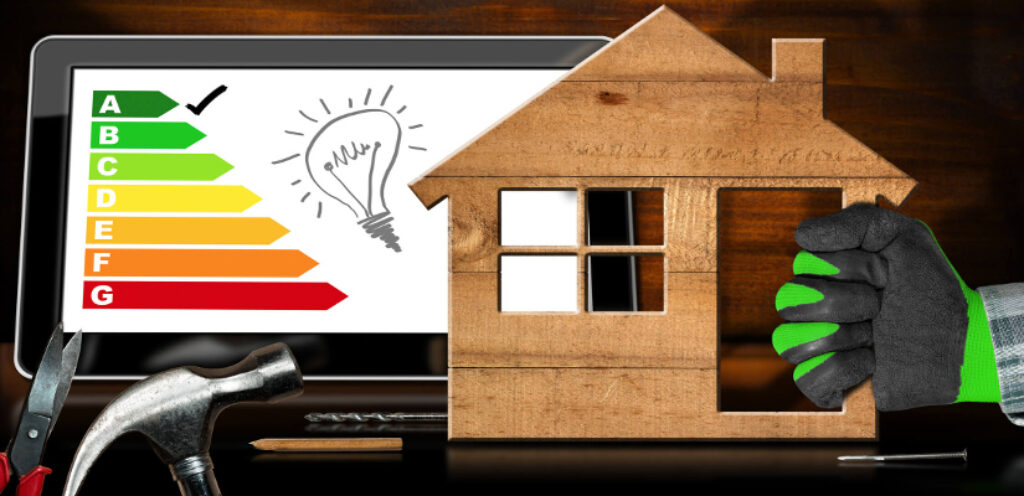
Source: greenartplumbing.com
Harnessing Renewable Energy Sources
Let’s dive into the world of renewable energy sources, a game-changing approach that’s not only kinder to our planet, but also surprisingly easy to incorporate into daily life. Harnessing these sources for home use can significantly boost your home’s energy rating while reducing your carbon footprint.
First on the list is solar energy. Installing solar panels on your roof can convert sunlight into electricity, powering your home and even sending excess energy back to the grid. Though the upfront cost can be hefty, the return on investment over time makes it a smart move. Plus, advancements in solar technology mean panels are becoming more efficient and affordable.
Wind energy is another viable option, particularly if you live in a windy region. Small wind turbines can generate a substantial amount of energy for residential use. Though less common than solar, it’s an option worth exploring.
Geothermal energy, which harnesses heat from the Earth’s core, also offers a reliable and constant source of energy. It requires a geothermal heat pump system, which can be used for heating, cooling, and water heating.
Harnessing these renewable energy sources can significantly elevate your home’s energy rating, making your home more sustainable and cost-effective. It’s about making informed decisions for a brighter and greener future.
Implementing Smart Home Technology for Energy Management
You’d be amazed at how smart home technology can revolutionize the way you manage energy consumption. Smart home technology, sometimes known as home automation, integrates various household functions into a centralized control system. This allows for more efficient management of energy resources, which can significantly boost your home’s energy rating.
Consider smart thermostats, for example. These devices learn your patterns and adjust heating and cooling settings accordingly, which can result in substantial energy savings. They’re not just programmable; they’re predictive. If your home is typically empty during the day, your smart thermostat will automatically lower the heat or air conditioning, saving energy and reducing your utility bills.
Smart lighting is another energy-saving feature. These systems can be programmed to turn lights off when you leave a room, or at times when natural light is abundant.
Smart plugs, too, can be set to switch off appliances automatically when they’re not in use.
The beauty of smart home technology is that it adapts to your lifestyle while maximizing energy efficiency. You can even monitor and control your energy usage remotely through smartphone apps. These advances are not just about convenience; they’re vital steps towards a more sustainable future.
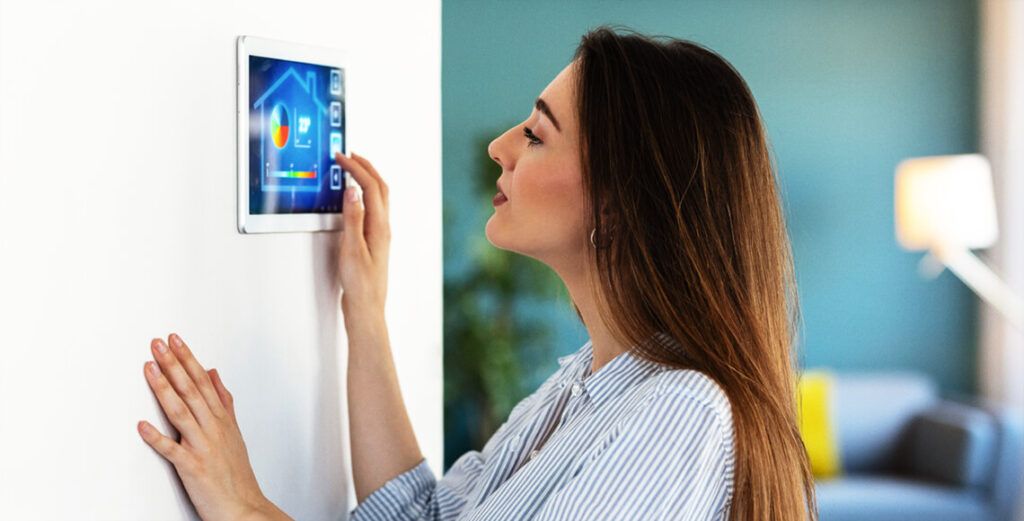
Source: purus.pk
Conclusion
In conclusion, there are ample ways to boost your home’s energy rating. Start with a home energy audit, upgrade to energy-efficient appliances, and ensure proper insulation.
Don’t forget the power of renewable energy and smart home tech. Remember, it’s not just about cost-cutting, but also reducing your carbon footprint.
So, take the leap, make your home energy efficient, and contribute to a sustainable future.

